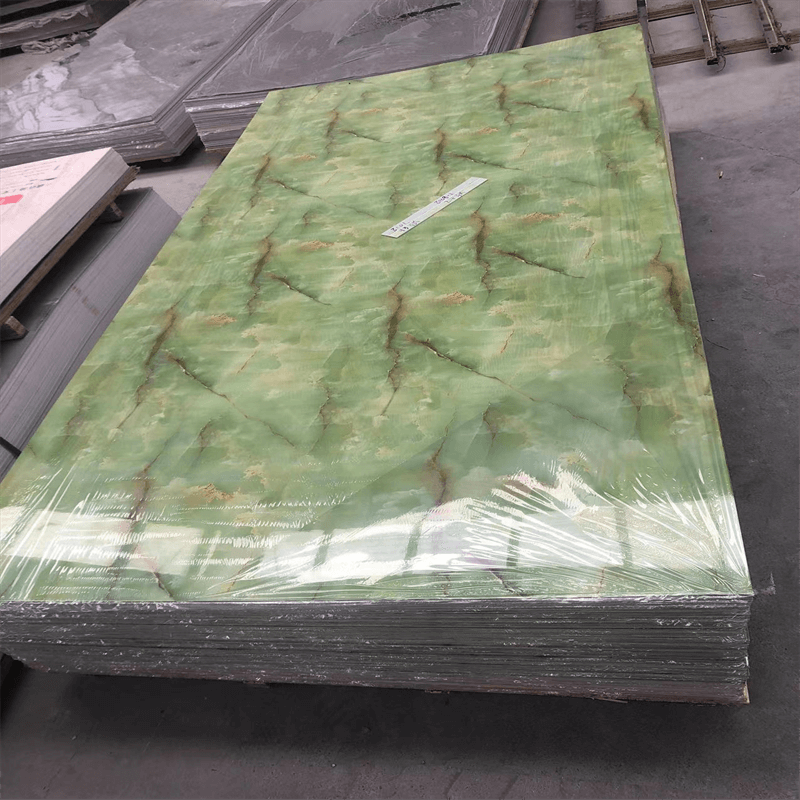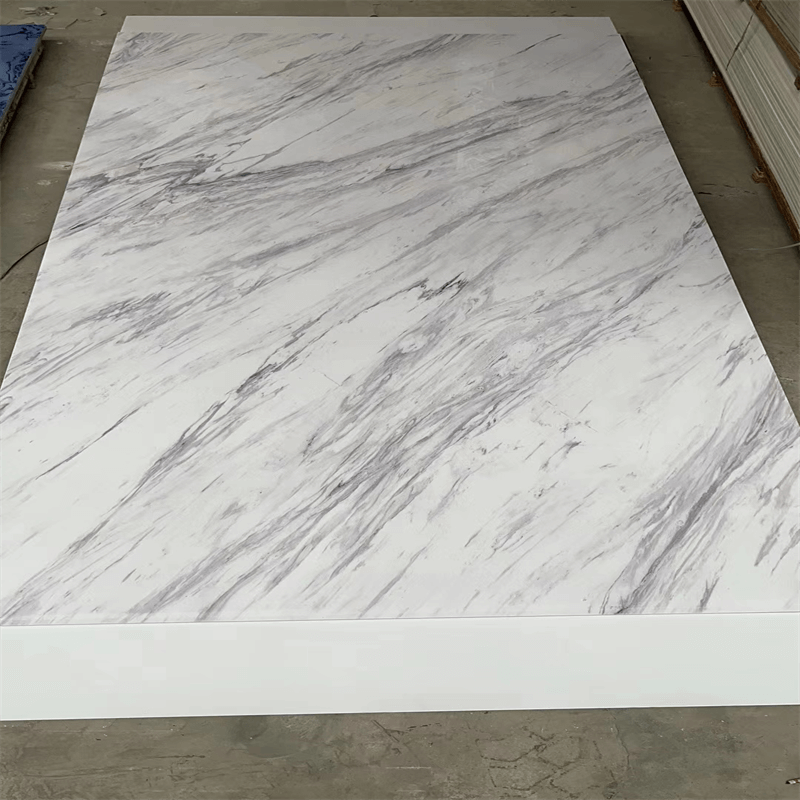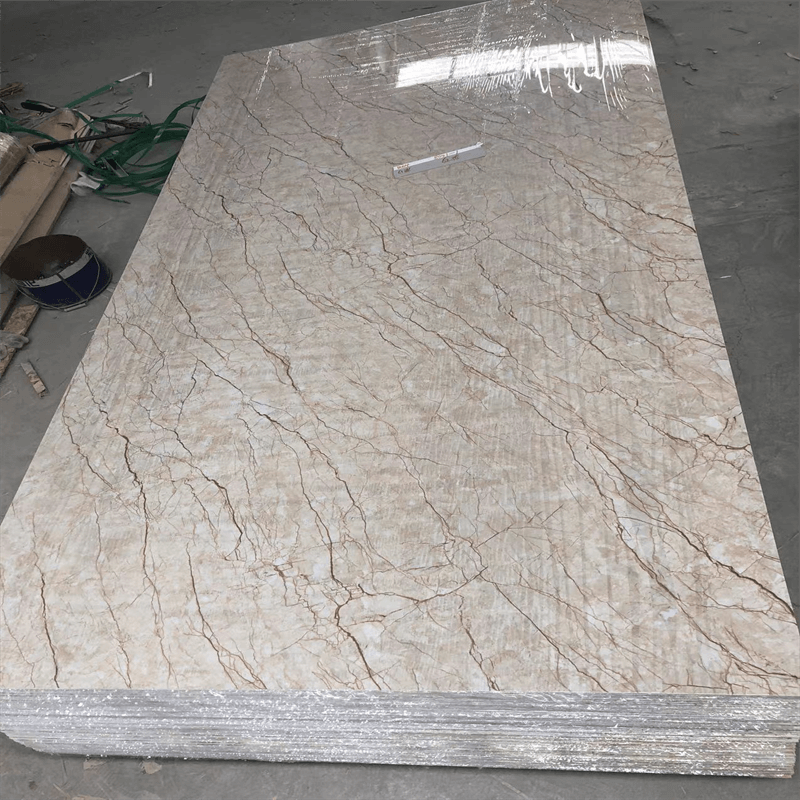
As a versatile and cost-effective building material, PVC panels have gained popularity in various construction and interior design projects.
For consumers, contractors, and industry stakeholders, understanding PVC panel price trends is crucial for making informed decisions, budgeting effectively, and predicting future costs.
In this article, we will delve into the analysis of past PVC panel price patterns, the key factors influencing these trends,
the impact of external forces on prices, and strategies for leveraging this knowledge to predict future costs.
Historical Analysis of PVC Panel Price Trends
Analyzing historical price trends of PVC panels provides valuable insights into the market’s behavior and can aid in predicting future costs.
By examining past patterns, we can identify potential price cycles, periods of stability, and external factors that influence price fluctuations.
Price Fluctuations Over Time Historical data of PVC panel prices may reveal cyclic patterns of price fluctuations.
These cycles could be influenced by seasonal demand, changes in raw material costs, or broader economic trends.
Understanding these patterns can help buyers and suppliers plan purchases and manage inventory more effectively.
Impact of Economic Conditions Economic conditions, such as inflation, recession, or periods of economic growth, can have a significant impact on PVC panel prices.
During economic downturns, demand for construction and renovation projects may decrease, leading to lower panel prices due to reduced market demand.
Conversely, in periods of economic prosperity, increased construction activities could drive up demand and push prices higher.

Factors Influencing PVC Panel Price Trends
Several key factors influence PVC panel price trends, and analyzing their impact is vital to understanding price movements over time:
Raw Material Costs The price of PVC panels is closely linked to the cost of raw materials, particularly crude oil and natural gas.
PVC is derived from these resources, and fluctuations in their prices can directly affect the cost of producing PVC panels.
Changes in petrochemical prices can lead to corresponding shifts in PVC panel prices.
Technological Advancements Advancements in manufacturing technology and processes can influence PVC panel prices.
Innovations that enhance production efficiency and reduce material waste may lead to cost savings,
which can be passed on to consumers in the form of more competitive prices.
Market Competition Competition among PVC panel suppliers can also influence price trends.
In a competitive market, suppliers may offer promotional pricing or discounts to attract customers and gain a competitive edge.
Alternatively, during periods of limited competition, suppliers may have more control over pricing.
Regulatory Environment Changes in regulations or environmental standards can impact the production and cost of PVC panels.
For instance, stricter environmental regulations may require manufacturers to adopt eco-friendly practices,
which could lead to higher production costs and potentially higher panel prices.
External Forces Affecting PVC Panel Prices
PVC panel prices are also influenced by external forces and global events beyond the industry’s control.
Understanding how these factors impact prices can help predict future costs:
Geopolitical Events Geopolitical events, such as conflicts, trade wars, or international sanctions, can disrupt the supply chain and impact raw material availability.
These events may lead to supply shortages or increased transportation costs, which can drive up PVC panel prices.
Natural Disasters Natural disasters, such as hurricanes, floods, or earthquakes, can disrupt manufacturing facilities and transportation routes,
leading to supply chain disruptions and potential price increases for PVC panels.
Currency Fluctuations For international buyers and suppliers, currency exchange rate fluctuations can significantly impact PVC panel prices.
A weaker currency for the buyer may increase the cost of importing panels, while a stronger currency can result in more favorable pricing.

Strategies for Predicting Future PVC Panel Costs
Analyzing past PVC panel price trends and considering the factors that influence prices can help stakeholders develop strategies for predicting future costs:
Monitor Raw Material Prices Stay informed about changes in crude oil and natural gas prices, as these directly impact PVC panel production costs.
By monitoring the trends in petrochemical prices, buyers and suppliers can anticipate potential cost shifts in PVC panels.
Watch Technological Innovations Keep an eye on technological advancements in PVC panel manufacturing.
Innovations that improve efficiency or reduce material waste may lead to more competitive pricing.
Consider Economic Indicators Pay attention to economic indicators and forecasts to anticipate potential changes in market demand for PVC panels.
Economic conditions play a pivotal role in shaping demand and can help predict future price trends.
Stay Abreast of Geopolitical Events Stay updated on geopolitical events and natural disasters that may impact the supply chain.
These events can disrupt the availability of PVC panels and influence price fluctuations.
Analyzing past PVC panel price trends and understanding the factors influencing prices are essential for predicting future costs.
By closely monitoring raw material prices, technological advancements, economic indicators, and external forces, stakeholders can make informed decisions,
plan their budgets effectively, and strategize their purchasing and selling strategies.
Anticipating price movements and market trends can lead to better cost management, increased competitiveness, and successful outcomes in PVC panel-related projects and businesses.
